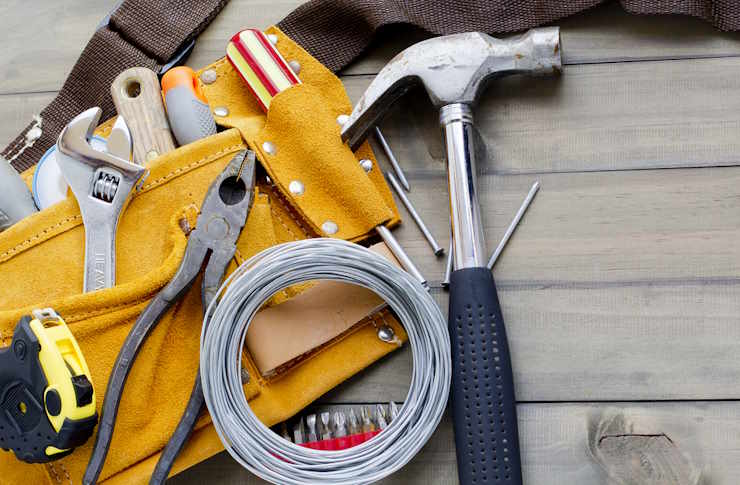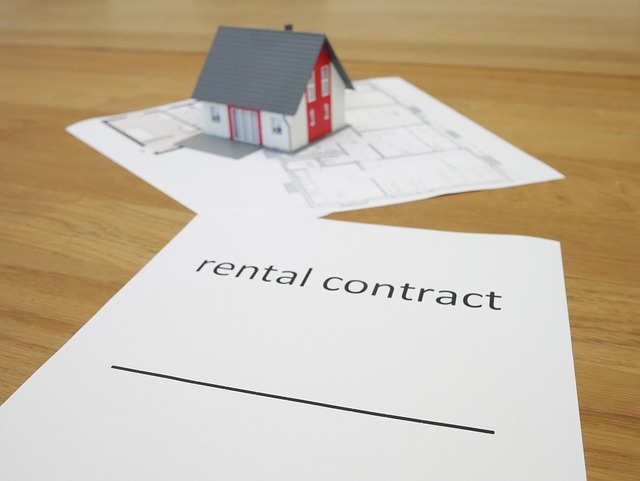Essential Tools for a Successful Home Renovation Project. A Guide to Equipment Selection.
Embarking on a home renovation requires more than just a vision; it demands the right equipment for execution. The selection of tools, from basic hand tools to more specialized power tools, can significantly impact the efficiency, quality, and overall success of a project. This guide explores the fundamental categories of equipment recommended for various tasks, providing a framework to understand what is needed for common renovation activities and how to source them effectively from available suppliers.

What are the key considerations for selecting durable and reliable tools?
When investing in tools for your home renovation project, durability and reliability should be top priorities. High-quality tools not only perform better but also last longer, providing better value for your money in the long run. Consider the following factors when selecting your equipment:
-
Material quality: Look for tools made from sturdy materials such as high-carbon steel, fiberglass, or reinforced plastics.
-
Brand reputation: Research well-known brands with a history of producing reliable tools.
-
Warranty coverage: Choose tools that come with comprehensive warranties, as this often indicates the manufacturer’s confidence in their product’s durability.
-
Ergonomics: Opt for tools with comfortable grips and balanced weight distribution to reduce fatigue during extended use.
-
Intended use: Consider the specific tasks you’ll be performing and select tools designed for those applications.
By prioritizing these factors, you can ensure that your tools will withstand the rigors of your renovation project and provide long-term value for future home improvement tasks.
How do you evaluate the cost-benefit of purchasing vs. renting tools?
When planning your home renovation project, you’ll need to decide whether to purchase tools outright or rent specialized equipment. This decision depends on various factors, including the frequency of use, project duration, and your budget. Here’s how to evaluate the cost-benefit analysis:
-
Frequency of use: If you anticipate using a tool frequently or for multiple projects, purchasing may be more cost-effective in the long run.
-
Project duration: For longer projects, buying tools can be cheaper than accumulating rental fees over an extended period.
-
Storage space: Consider whether you have adequate space to store purchased tools when not in use.
-
Maintenance requirements: Factor in the costs and time associated with maintaining owned tools versus the convenience of renting well-maintained equipment.
-
Resale value: High-quality tools often retain some resale value, which can offset the initial purchase cost if you decide to sell them later.
-
Rental availability: Check the availability and rental rates of specialized tools in your area to compare with purchase prices.
For one-time or infrequent use of specialized equipment, renting is often the more economical choice. However, for commonly used tools or those you’ll need for multiple projects, purchasing can provide better long-term value.
What are the essential tools for a home renovation project?
A well-equipped toolbox is the foundation of any successful home renovation project. While specific needs may vary depending on the scope of your work, here are some essential tools that every DIY enthusiast should consider:
-
Measuring and marking tools: Tape measure, level, carpenter’s pencil, and chalk line.
-
Cutting tools: Circular saw, jigsaw, utility knife, and miter saw for precise angle cuts.
-
Drilling and fastening tools: Power drill with various drill bits, screwdriver set, and hammer.
-
Safety equipment: Safety glasses, work gloves, dust mask, and ear protection.
-
Painting supplies: Brushes, rollers, paint trays, and drop cloths.
-
Plumbing tools: Pipe wrench, pliers, and adjustable wrench.
-
Electrical tools: Wire stripper, voltage tester, and needle-nose pliers.
-
General-purpose tools: Pry bar, putty knife, and multi-tool for versatile applications.
| Tool Category | Essential Items | Estimated Cost Range |
|---|---|---|
| Measuring & Marking | Tape measure, level, carpenter’s pencil | $30 - $100 |
| Cutting | Circular saw, jigsaw, utility knife | $150 - $400 |
| Drilling & Fastening | Power drill, screwdriver set, hammer | $100 - $300 |
| Safety Equipment | Safety glasses, work gloves, dust mask | $50 - $150 |
| Painting Supplies | Brushes, rollers, paint trays | $50 - $150 |
| Plumbing | Pipe wrench, pliers, adjustable wrench | $50 - $150 |
| Electrical | Wire stripper, voltage tester, needle-nose pliers | $50 - $150 |
| General-Purpose | Pry bar, putty knife, multi-tool | $50 - $150 |
Prices, rates, or cost estimates mentioned in this article are based on the latest available information but may change over time. Independent research is advised before making financial decisions.
How can you properly maintain and store tools to extend their lifespan?
Proper maintenance and storage of your tools are crucial for ensuring their longevity and optimal performance. Follow these guidelines to keep your equipment in top condition:
-
Clean tools after each use: Remove dust, debris, and any potentially corrosive materials.
-
Lubricate moving parts: Apply lubricating oil to hinges, gears, and other moving components to prevent rust and ensure smooth operation.
-
Sharpen cutting tools: Regularly sharpen blades and cutting edges to maintain efficiency and safety.
-
Store tools in a dry environment: Moisture can lead to rust and degradation of tool materials.
-
Organize your storage space: Use toolboxes, pegboards, or dedicated storage solutions to keep tools organized and easily accessible.
-
Inspect tools regularly: Check for signs of wear, damage, or loose parts, and address issues promptly.
-
Follow manufacturer’s guidelines: Adhere to specific maintenance instructions provided by the tool manufacturer.
-
Protect power tool batteries: Store batteries in a cool, dry place and avoid extreme temperatures to maintain their capacity.
By implementing these maintenance and storage practices, you can significantly extend the lifespan of your tools and ensure they remain in optimal condition for future home improvement projects.
In conclusion, selecting the right tools for your home renovation project is essential for achieving professional results and ensuring safety throughout the process. By carefully considering the durability, cost-effectiveness, and maintenance requirements of your equipment, you can build a reliable toolkit that will serve you well for years to come. Remember to prioritize safety, invest in quality where it matters most, and properly care for your tools to maximize their longevity and performance.




